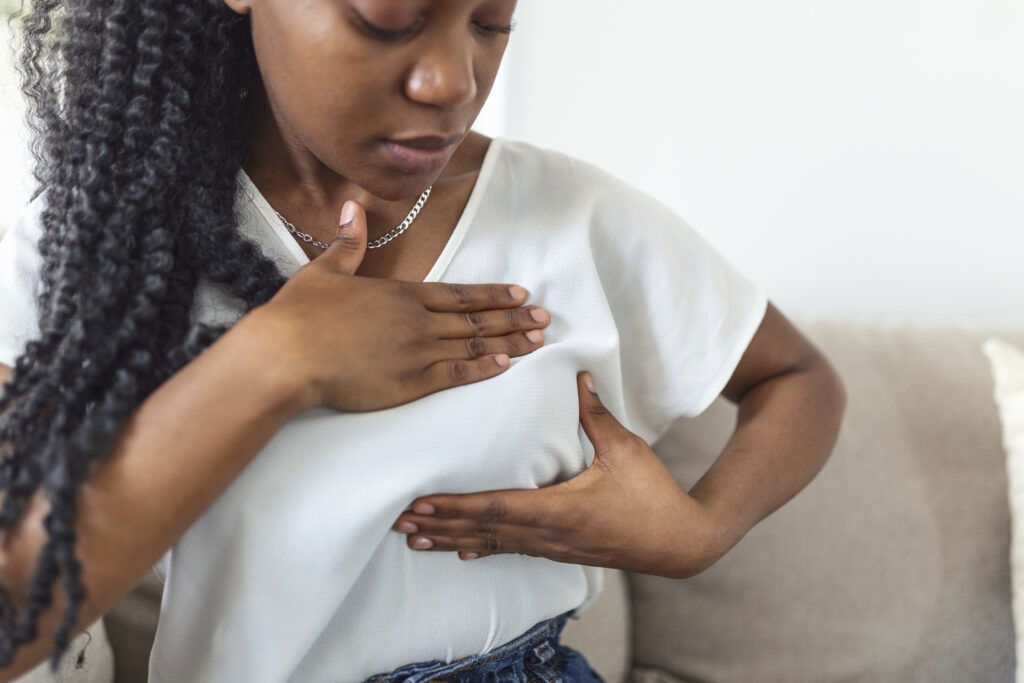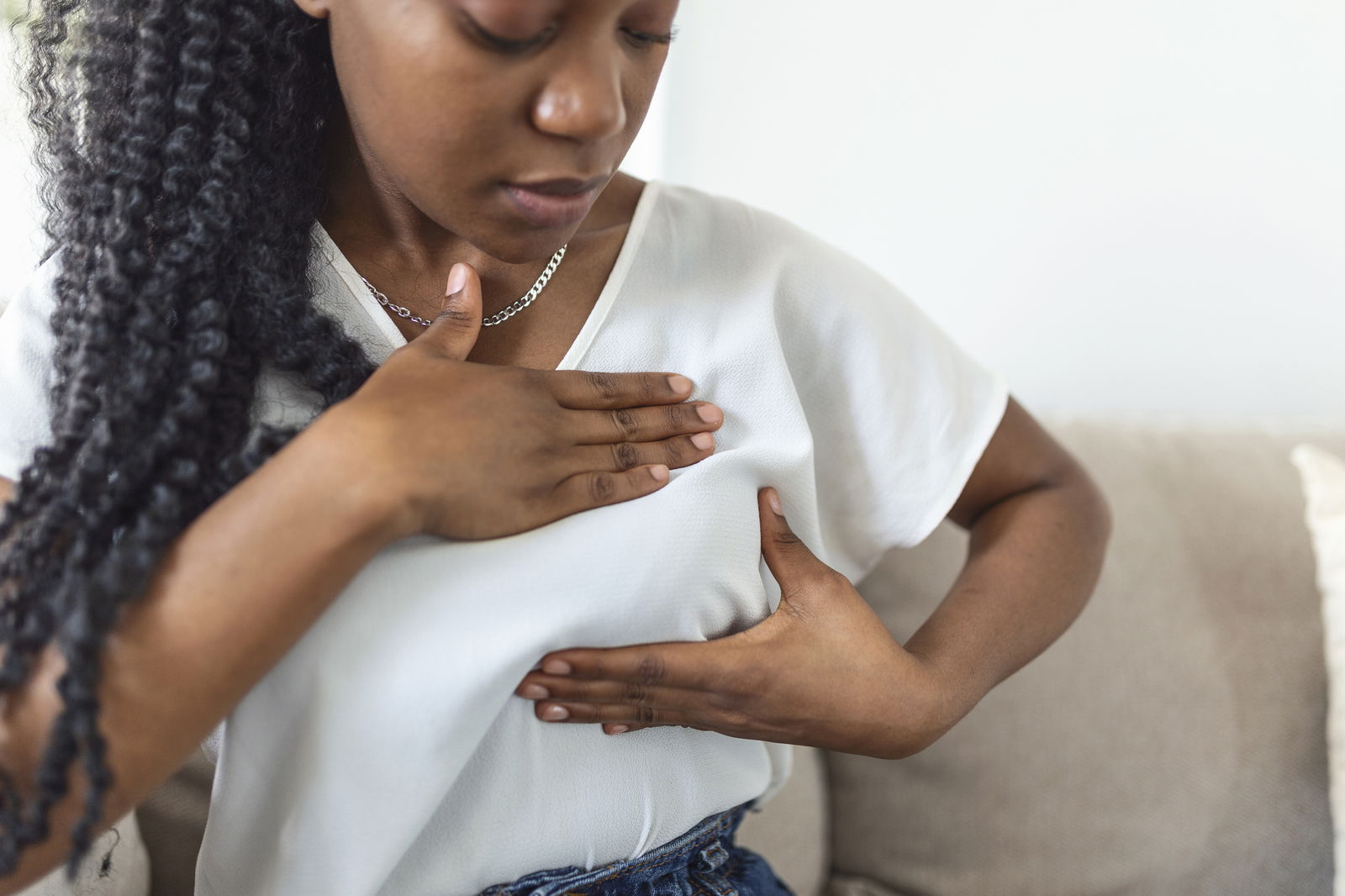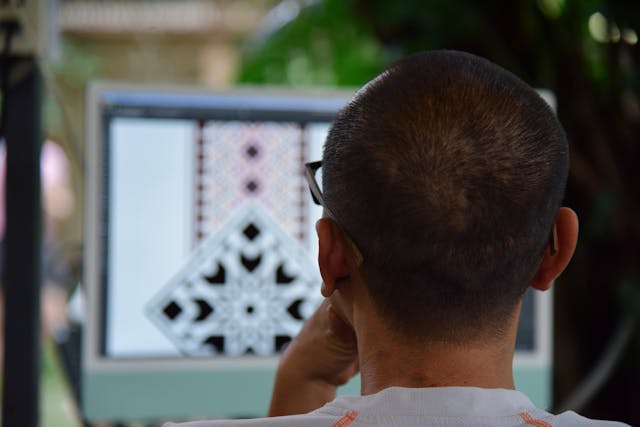Breast cancer remains deadlier for Black women in the United States than for white women, even as overall survival has improved.
The American Cancer Society released new statistics showing a marginal decrease in the mortality rate. Although Black women have about 5 percent lower incidence of breast cancer, their mortality rate is roughly 38 percent higher.
An analysis spanning 2013-2024 across 10 major metropolitan areas, including Atlanta, Dallas, Philadelphia and Memphis, found that death rates among Black women declined in most regions. In Virginia Beach, the rate dropped by 21%, and in Philadelphia, by 16% However, in Dallas, it rose by 2.7%. In areas such as St. Louis and Memphis, progress was slight (-1.6 percent and -2.3 percent, respectively). But disparities persist in Virginia Beach; the gap between Black and white women’s mortality grew from 41% in 2014 to 60% in 2023.
Experts say several systemic factors underlie the disparities. Vice President of Community Health at Susan G. Komen, Sonja Hughes, MD, spoke about the consistent disparities.
“We’re seeing some improvement, but not across the board,” Hughes told Katie Couric online.
Access to quality care is uneven. Black women are more likely to be uninsured or underinsured. They often live farther away from hospitals with advanced treatment options. Additionally, Black women are less likely to receive mammograms in facilities without the most current technology. Delays between abnormal screening results and follow-up are also longer among Black women.
Another key issue involves tumor biology. Black women are about 2.7 times more likely than white women to develop triple-negative breast cancer, which is a more aggressive form. Even when diagnosed at the same stage and given similar treatment, Black women often have worse outcomes.
Linda Goler Blount, MPH, president and CEO of Black Women’s Health Imperative, said, “Women of different races who have the same exact diagnosis, treatment, and care will have the same exact outcome.”
Healthcare policy changes are among the proposed solutions in places where Medicaid expansion has been scaled back. Community health coalitions, involving nonprofits, hospitals, and faith organizations, are helping bridge gaps by improving screening, diagnostic follow-up, and treatment access.
RELATED CONTENT:Tina Knowles Shares Breast Cancer Diagnosis And Beyoncé’s Reaction In New Memoir, ‘Matriarch’






